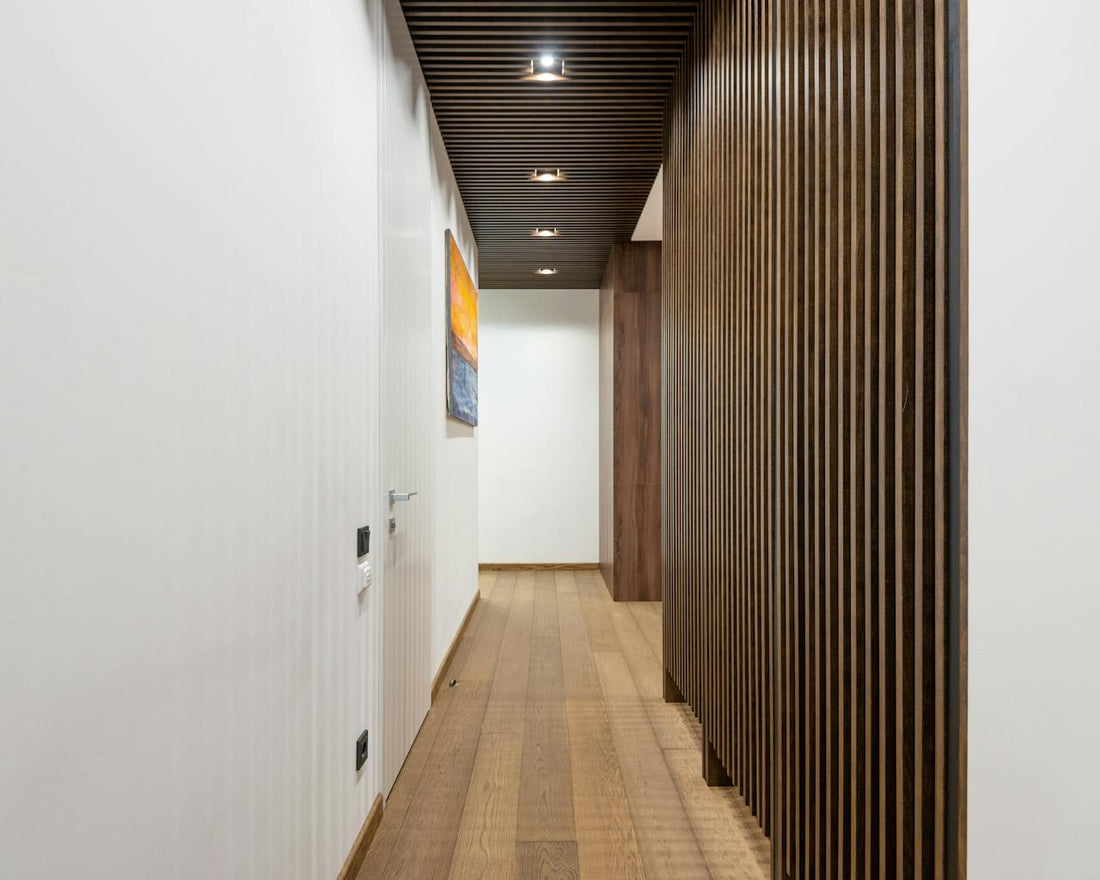There’s something satisfying about laying a beautiful engineered wood floor. Whether you're updating a single room or transforming your whole home, the right installation method makes all the difference. But where do you start? With different approaches and materials to choose from, it can feel overwhelming. This guide walks you through the best ways to install engineered wood flooring while answering common questions along the way.
What is the Best Way to Lay Engineered Wood Flooring?
The ideal approach relies on your subfloor, environmental factors, and individual choice. Engineered wood flooring can be fitted in three primary methods: floating, adhesive, or nailing. Each has its advantages, but for many individuals, floating is the simplest and most accessible. It doesn't need glue or nails, which speeds up the installation process. Adhering it, however, offers a sturdier sensation beneath and is an excellent choice for concrete subfloors.
No matter the approach you choose, preparation is important. Allow your flooring to rest in the room for a minimum of 48 hours prior to installation. This enables it to adapt to temperature and humidity, minimizing the likelihood of expansion or contraction subsequently.
What is the Most Common Method of Installing Engineered Wood Floors?
Floating floors are the most popular option. The planks click together and rest on top of the underlay without being fixed to the subfloor. This method is quick, straightforward, and doesn’t require much experience. It also allows for natural movement, which helps prevent warping as temperatures and humidity levels change.
For spaces with heavier foot traffic, like hallways or living rooms, gluing the planks down provides extra stability. This approach also reduces noise and gives a more solid feel when walking across the floor.
Do You Need to Put Anything Under Engineered Wood Flooring?
Indeed. Underlayment is essential for floating floors. It pads the boards, decreases noise, and aids in moisture protection. The kind of underlayment required is based on your subfloor. When installing flooring on concrete, it's essential to use a damp-proof membrane to guard against moisture. When dealing with a wooden subfloor, a sound-dampening underlay can minimize creaking and enhance comfort.
When gluing the flooring, underlay isn't necessary; however, the subfloor must be entirely level and devoid of dust or debris. Irregular surfaces may lead to spaces and impact the overall appearance, so it's important to invest time in preparing the area prior to installation.
Is it Better to Glue or Float an Engineered Wood Floor?
It relies on your requirements for the flooring. Floating is the ideal option for DIY projects since it's quicker, simpler, and suitable for spaces that may require alterations later on. It’s also a suitable choice for use with underfloor heating, since it permits slight movement.
Adhesives offer a more lasting resolution. It minimizes noise, offers improved stability, and performs effectively in busy locations or on concrete surfaces. The drawback is that it requires more time to set up and demands additional effort, making it more appropriate for experienced individuals or professional installers.
Putting in engineered wood flooring doesn't need to be difficult. By employing the correct preparation and strategy, you will achieve a beautiful, enduring outcome. Regardless of whether you opt to float or glue your flooring, beginning with a level subfloor and selecting the appropriate underlay will significantly impact the outcome.
At UK Flooring Depot, we provide a diverse range of engineered wood flooring to match any residence. Explore our selection to discover the ideal fit for your area. If you require guidance, our specialists are always glad to assist!






